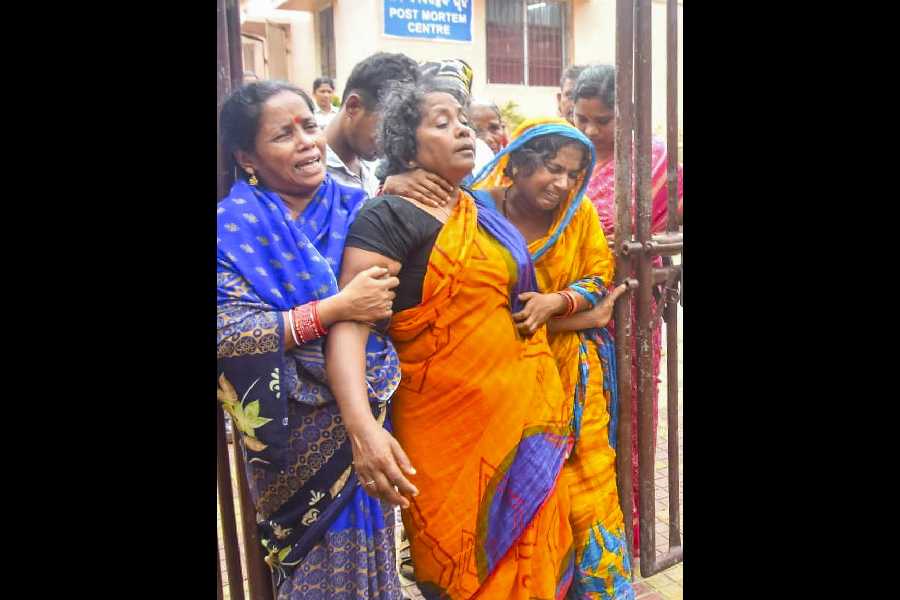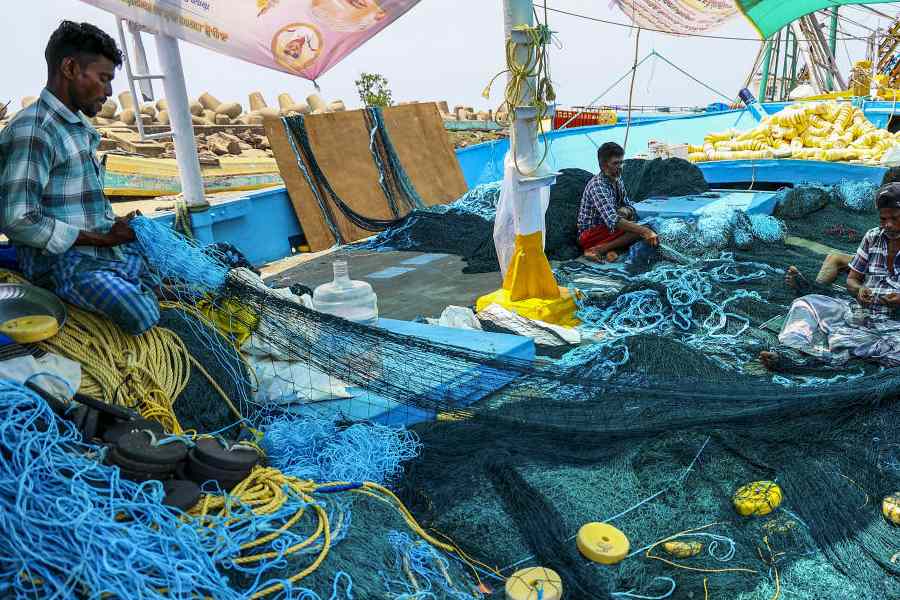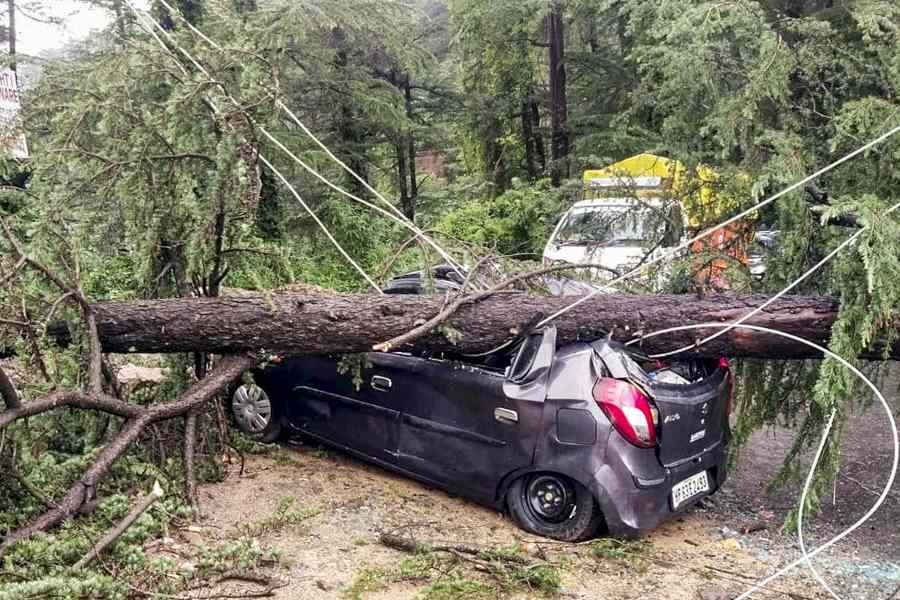|
|
| DEAling death: Former Gujarat minister Amit Shah (centre) being taken for questioning in the Sohrabuddin Sheikh case |
As the Central Bureau of Investigation (CBI) grills former Gujarat minister Amit Shah in the alleged fake encounter case of Sohrabuddin Sheikh in 2005, human rights activists are taking heart from the fact that a Supreme Court hearing is now on to lay down guidelines to prevent extra judicial killings.
Prashant Bhushan, a senior Supreme Court lawyer, fighting the case on behalf of the People’s Union for Civil Liberties (PUCL), which filed a public interest litigation in the Supreme Court in 2008, has suggested several guidelines to check fake encounters. These include no out of turn promotions or gallantry awards to the officers involved in encounters, handing over of cases against the encounter party to independent investigating agencies and other such measures.
Fake encounters are killings by security forces that are not authorised by the law. Human rights activists allege that the police often eliminate suspects in “staged” encounters by first detaining and then executing them. Often the forces claim that the suspect was killed in a shoot-out.
According to the National Human Rights Commission (NHRC), 2956 cases have been registered in connection with police encounters in different parts of the country since the body was formed in 1993. Of these, 1366 complaints alleged fake encounters by the police. However, so far, the NHRC has found only 27 encounter killings to be fake.
The Supreme Court had asked the Centre, states and the Union territories to submit their response to the recommendations of the PUCL and the NHRC. “As expected most state governments are not in favour of tightening the rules against the police. This shows that governments don’t mind human rights violations,” says Bhushan.
In fact, the NHRC had issued guidelines for governments on encounter deaths as early as November, 1996, and followed them up with a set of revised guidelines in December, 2003. Under the revised guidelines, the states were asked to inform the NHRC of all encounter deaths.
But neither the states nor the Centre implemented these rules. “Many states have allowed their police to flout the guidelines. I am not sure if the NHRC is even intimated about all the encounter deaths,” says Mukul Sinha, a senior advocate and human rights activist based in Gujarat.
Some of the other NHRC guidelines include investigation of encounter deaths by independent investigating agencies, registration of first information reports (FIRs) whenever a complaint is made against the police, magisterial inquiry to be held in all cases of death in the course of police action, and so on.
“Most of these guidelines for encounters and other extra judicial deaths remain only on paper,” rues Sinha, who is pursuing seven cases of encounter deaths in Gujarat between 2003 and 2006 that he suspects were fake.
Activists also say that the NHRC has been “ineffective” even where it conducts its own investigations. “More often than not, the NHRC goes by the police version,” says Ashish Gupta, secretary, People’s Union for Democratic Rights (PUDR), Delhi.
Last year, while hearing a fake encounter case, the Andhra Pradesh High Court said that the information regarding the circumstances that lead to an encounter death should be recorded. An FIR should be filed and the case brought before a judge.
The court observed: “Life and liberty are basic human rights ensured to every person in every civilised society. Article 21 of the Constitution mandates that no person shall be deprived of life or personal liberty except according to procedure established by law… All persons accused of even a heinous or the gravest offence must under the law be charged and convicted by a judicial authority after a due process and infliction of the sanction of deprivation of liberty or extinction of life (as the case may be) must be administered only on the basis of a judicial order.” The Andhra Pradesh High Court order has been challenged in the Supreme Court.
“I hope the Supreme Court upholds the high court’s order, because that’s the only way we can ensure that the police do not consider themselves to be above the law,” says Gupta. He cites the recent case of the killing of Azad, a spokesperson of the Maoists, in an alleged fake encounter by the Andhra Pradesh police. The case was not investigated by either the NHRC or any other agency.
But even activists differ over some aspects of what the guidelines to prevent fake encounter deaths should be. For example, one of the main points of divergence between the PUCL’s public interest litigation and the NHRC is on the investigation of encounter deaths. While the NHRC calls for investigations by state police agencies such as the crime branch, criminal investigation department (CB CID), Bhushan says that this would be ineffective. “How can you expect a police agency to be impartial while investigating cases against its own brethren?” asks Bhushan.
Sinha cites the case of Sohrabuddin where the CB CID virtually gave a clean chit to the state government before the Supreme Court asked the CBI to investigate the matter.
Bhushan feels that an independent agency from outside the police should investigate encounter deaths. “Ideally, state human rights commissions should be asked to independently investigate all the cases of encounters with powers to prosecute the guilty,” he says.
But many states have rejected the proposal of an outside agency investigating encounter deaths.
“Police morale is very important. If they are asked to look over their shoulders every time they come face to face with dangerous criminals, you are asking for trouble. Nobody wants a police state, but we also don’t want the criminals to go scot-free,” says a police official from Gujarat.
But there are others who argue that both the Supreme Court and the government should look at the root causes of police encounters. “Everyone — from the highest government functionaries to a constable in a police station — knows that encounter killings are done to prevent criminals from taking advantage of our defunct criminal justice system. Involvement of politicians in day-to-day police functioning has also resulted in the situation deteriorating further,” says Prakash Singh, former director general of police (DGP), Uttar Pradesh.
Recounting an incident when he was the DGP, Singh says that a junior minister in the state government used to visit district police headquarters and hand over lists of “criminals” and ask the district police officials to eliminate them within a week. “When there is so much pressure on the police, not everybody can withstand it,” he says.
According to Singh, police reforms would help minimise encounter deaths. “Whether you look at Gujarat or UP or any other state, encounter deaths take place only after politicians pressurise the police to take short cuts. Once the police are given the autonomy and they go by the rules, encounter deaths will come down,” he says.
“Encounters take place when the government doesn’t trust its own laws to bring the guilty to book. In this free for all, many innocents get caught. The question is, do we believe in the rule of law?” asks Gupta.
The Supreme Court order, which is expected very soon, should have the answer.












